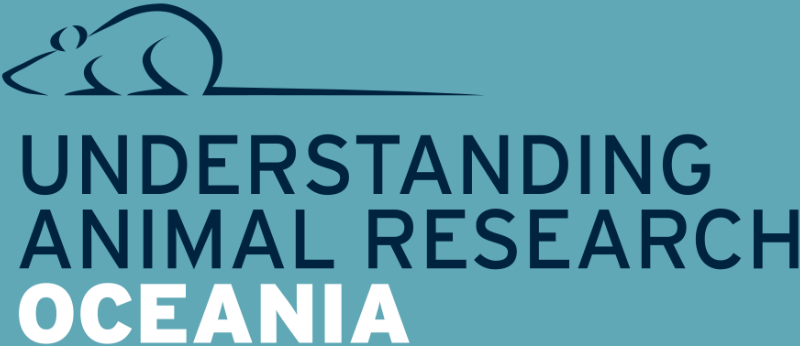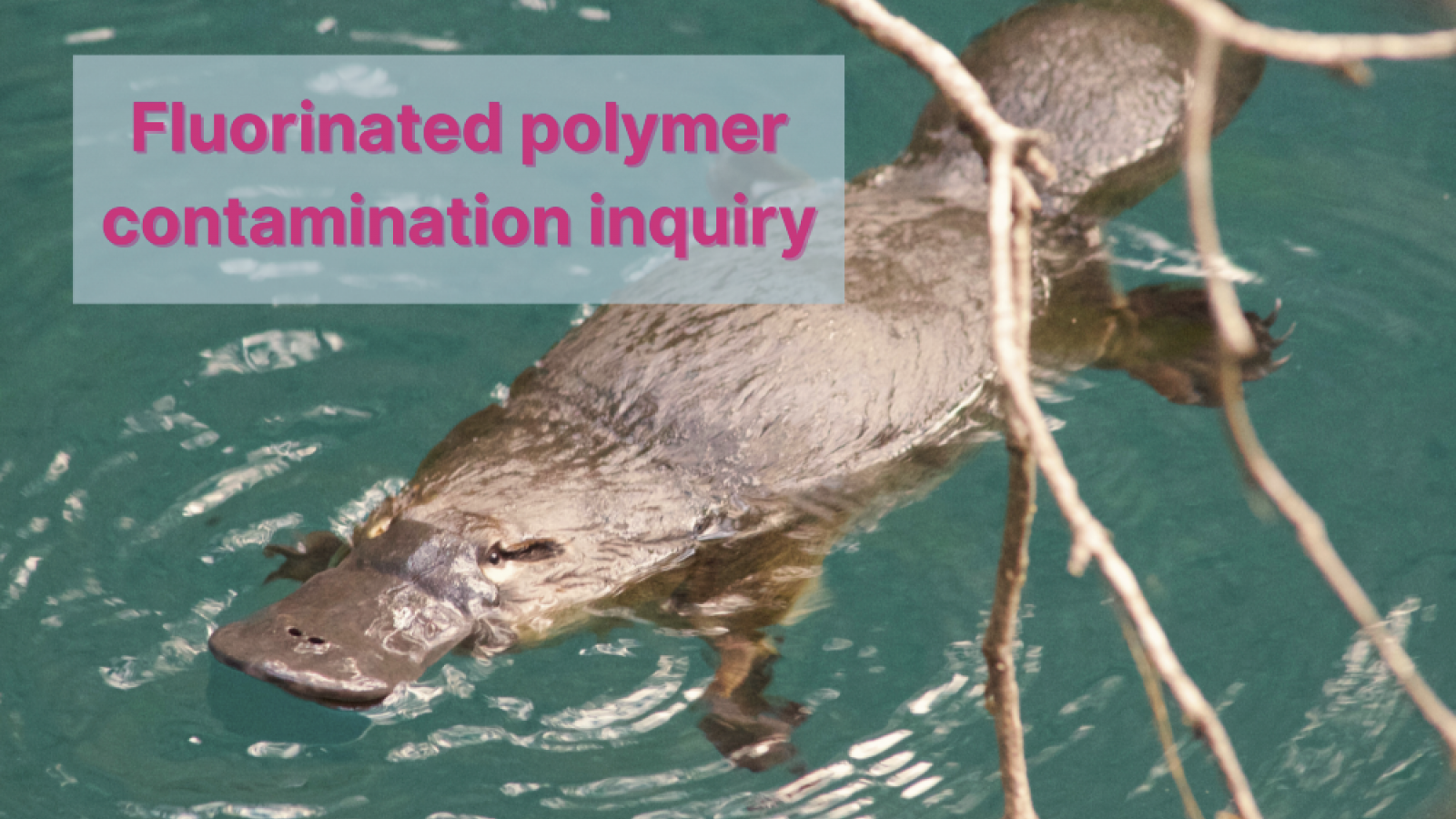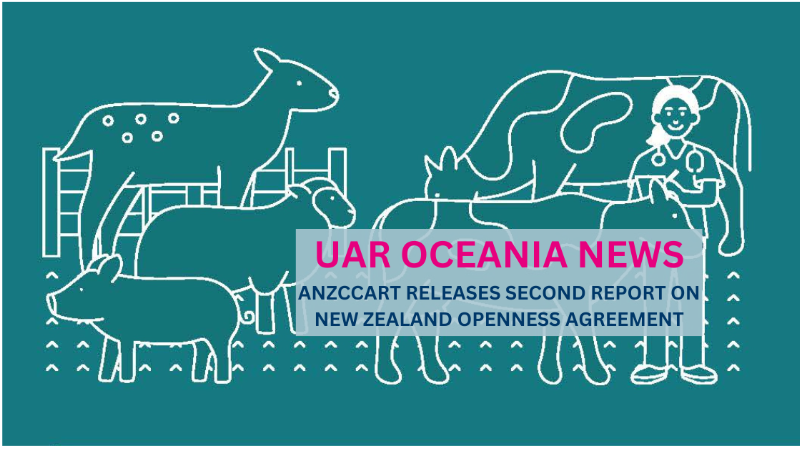Fluoride-based polymers bioaccumulate and are significant environmental contaminants that have been found in water and in the bloodstreams of animals all over the world. Understanding Animal Research first looked at the importance of animal research in monitoring their impact and the effectiveness of European regulation in 2009. See https://www.animalresearch.info/en/designing-research/chemical-toxicology/environmental-toxicology/.
On 11 September 2025, the NSW Government published their final Report (No. 1) of the NSW Legislative Council Select Committee on PFAS Contamination in Waterways and Drinking Water Supplies.
Its scope was to investigate:
- The extent and adequacy of monitoring of per- and polyfluoroalkyl substances, (PFAS) contamination in New South Wales (NSW) waterways and drinking water.
- Risks to human health and the environment, including exposure pathways and ecological effects.
- The government’s regulatory response, including legislative adequacy, agency capacity, and community engagement.
Sources of PFAS, particularly from firefighting foams, industrial uses, packaging, and biosolids. - The social, cultural, and economic impacts on affected communities, and the need for public disclosure, health guidance, and remediation.
The report includes 16 Findings and 32 Recommendations covering water testing, blood screening, remediation priorities, intergovernmental cooperation, community support, and phasing out PFAS use by 2030.
Animal research and PFAS
The report makes several specific references to environmental and ecological research that involve animal monitoring but, somewhat unsurprisingly, does not mention laboratory animal testing. There is mention of:
Wildlife impact studies:
- Elevated PFOS levels detected in the livers of eight dead platypuses collected from rivers across NSW (Bellingen to Jindabyne), showing widespread contamination and bioaccumulation concerns.
- A CSIRO and Queensland Government study showing PFAS exposure led to biochemical changes, population decline, and health impacts in turtles, with contamination levels up to 30× higher in affected sites.
- PFAS bioaccumulation found in fish near Williamtown (NSW), which the committee found should have triggered state-wide monitoring programs.
Livestock and food-chain research:
- Evidence that livestock drinking water above 3 ng/L PFAS risk meat contamination, with potential human health consequences.
- Studies showing PFAS accumulation in market vegetables above threshold values, raising concerns for vulnerable populations (children, vegetarians).
Aquaculture and ecosystem impacts:
- Case study of a Wagga Wagga fish hatchery reporting thousands of fish with deformities linked to PFAS exposure.
- Ecological guideline frameworks (ANZ Water Quality Guidelines) used to protect 80–99% of species in aquatic ecosystems, with the report recommending proactive monitoring of freshwater ecosystems failing to meet these thresholds.
These findings are based on field research, bioaccumulation studies, and environmental monitoring. They support calls for enhanced ecological monitoring and risk-based water testing across NSW.
Key Findings for the research sector
Data Gaps and Need for Research
- Government agencies lack comprehensive PFAS data; much of what is known came from independent scientists and journalists.
- The inquiry calls for more regular review of toxicology data and water quality standards to align with international best practice
- It recommends supporting blood testing of exposed populations to inform future research on health effects.
Wildlife and Environmental Impact
- PFAS bioaccumulation in wildlife and fish was under-monitored; more proactive ecological testing is required.
- Findings highlight need for ecological water quality audits and protection of high-conservation-value ecosystems.
Human Health Research
- The Government is urged to commission specialised research into PFAS exposure in firefighters, including cancer risk studies.
- Recommendations in the report include ongoing epidemiological studies and follow-ups on ANU’s 2021 PFAS Health Study.
Regulatory and Policy Research
- The creation of a comprehensive register of contaminated land and historical biosolid application sites is suggested.
- The report calls for research into PFAS treatment technologies and a possible polluter-pays levy to fund research and remediation.
Summary
The committee has presented a wide-ranging and extensive policy review of PFAS contamination in NSW, with relevance to animal research, especially for organisations involved in assaying and monitoring environmental contaminants.
Notable recommendations of the report include:
- Better monitoring and public reporting of PFAS in water.
- Precautionary health measures, including blood testing and dietary advice.
- Phasing out non-essential PFAS uses by 2030.
- Strengthening scientific research and data collection, particularly regarding ecological impacts, contaminated sites, and long-term health risks.
- Improved coordination between NSW, the Australian Government, and local councils for effective remediation.
For research organisations, the report signals future regulatory tightening in NSW and Australia. There may be more systematic monitoring requirements and opportunities for collaborative research into PFAS toxicology, environmental fate, and remediation technologies. The development of assays, particularly using in vitro and non-sentient models, is likely to be important to this work as it develops.
Last edited: 8 October 2025 00:34




